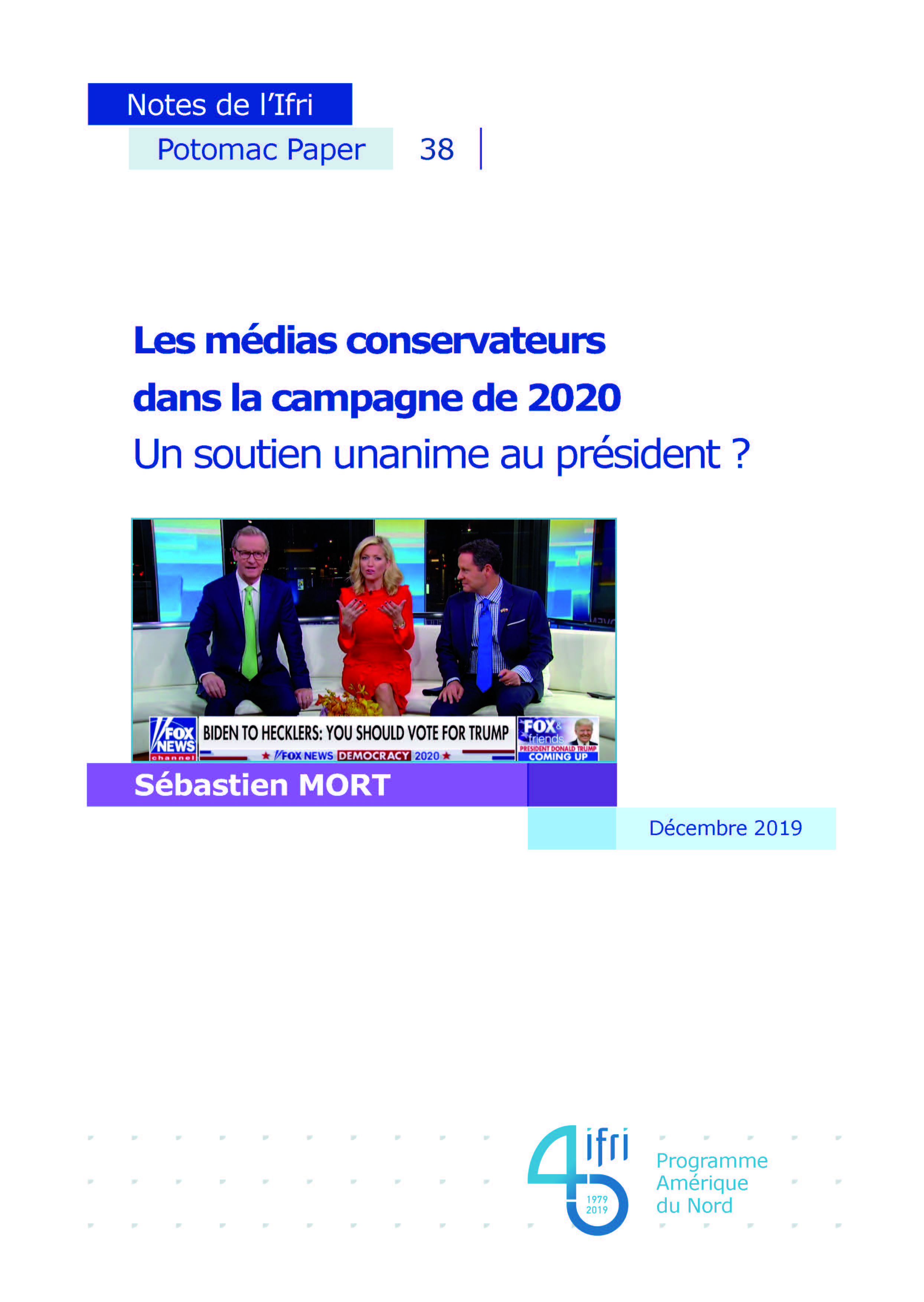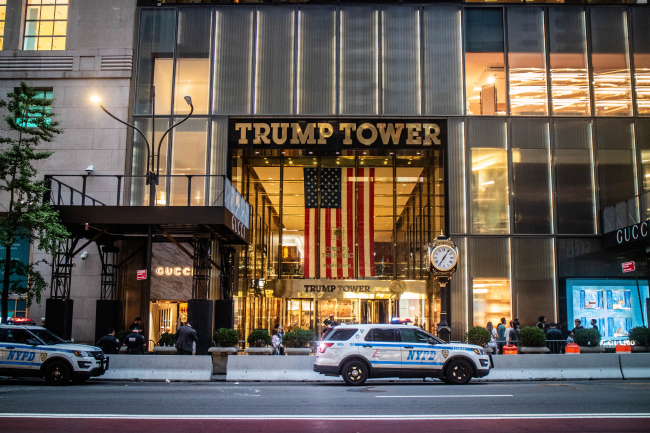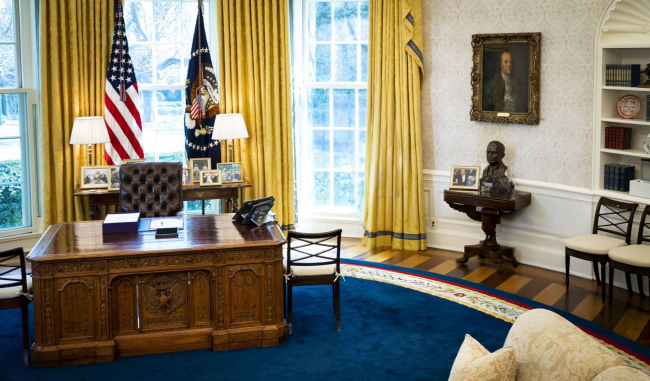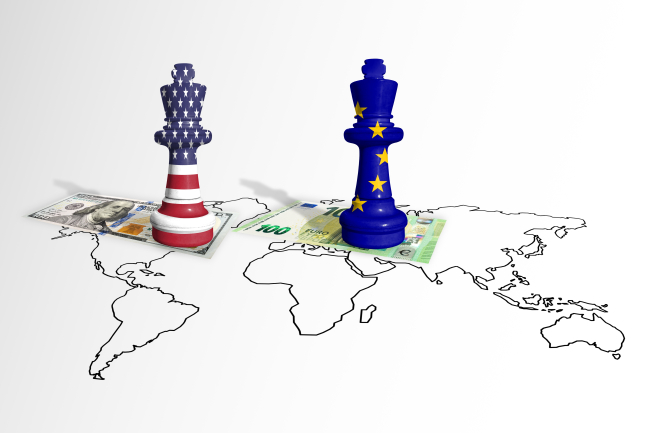Does the conservative media unanimously support Trump's 2020 bid?

From the 1920s to the 1980s, the American press followed strict discursive practices based on objectivity and fairness. Starting in the 1930s, the country's political center of gravity was on the liberal side and there were few overtly conservative media.
From the 1980s onwards, the vast deregulation effort undertaken by the Reagan administration paved the way for the emergence of a powerful conservative media ecosystem. Hosted by strong personalities such as Rush Limbaugh, conservative radio talk-shows were broadcast by a large number of local AM radio stations. Created in 1996, the Fox News channel gained massive traction in the 2000s. Many information websites close to the far right have gradually joined this environment.
For economic reasons, these media need to maintain a strong following. This has brought them at first to take their distance from the Republican Party – when the latter strayed from observing the strict tenets of American conservatism that the viewers demanded. For similar reasons, many of these media have now endorsed Donald Trump, despite the fact that his personal behavior and political positions are not always in line with conservative dogmas.
When Bill Shine took over Fox News programming in 2016, replacing Roger Ailes, he reinforced the channel's “trumpism”. It co-opted the xenophobic stance of Breitbart, which itself was losing ground at the time. Despite the departure of many moderate hosts, Fox’s news service and daytime broadcasts remain relatively critical of the president. On the other hand, the morning show Fox and Friends and the station’s evening broadcasts display a fusional relationship with Trump himself. They often share fake news found on radical websites within what has come to be called “positive feedback loops”.
While the best-known media backing Donald Trump are Fox News and the online news site Breitbart, the most loyal to him are probably the One America News Network (OANN) and the Sinclair Broadcasting Network, which are cable TV and broadcast TV respectively. Surprises should not be ruled out, however. For instance, the Drudge Report, an extreme-right website, has turned critical of the president with regard to the impeachment procedure.
This content is available in French : "Les médias conservateurs dans la campagne de 2020 : un soutien unanime au président ?"
Related centers and programs
Discover our other research centers and programsFind out more
Discover all our analysesDonald Trump v. the States: the Case of New York
While the disruptive policies of the second Trump administration are being implemented at the federal level and on the international stage, they are also being felt in the federal states and major cities across the country. In the spring of 2025, several cases involving the state and city of New York demonstrate that the president’s attacks on environmental protection, the separation of powers, freedom of speech, etc., are also being carried out at the local level.
How the US under Trump Became a Strategic and Ideological Adversary of Europe
The Europeans' worst security nightmare seems to be coming true: on Tuesday, February 18, 2025, U.S. Secretary of State Marco Rubio and Russian Foreign Minister Sergey Lavrov met in Saudi Arabia to initiate the normalization of relations between their two countries. The meeting also aimed to set up peace negotiations for Ukraine. However, despite having the potential to affect the entire continent, the discussions took place without the Europeans or the Ukrainians being present.
Will Trumpian Authoritarianism Lead to a Constitutional Crisis?
Since his return to the White House on January 20, 2025, President Donald Trump has signed around sixty executive orders to implement his political agenda. Numerous other measures have also been introduced by the White House and the new Department of Government Efficiency (DOGE) as part of these orders.
Trump’s Second Term: Laying the Groundwork for a New Trade War
In a statement released on February 1, 2025, President Trump announced the implementation of a 10% tariff on Chinese goods and a 25% tariff on imports from Canada and Mexico. While the former took effect via executive order on February 4, the latter were granted a 30-day reprieve. Sanctions targeting European Union (EU) products are said to be imminent.









